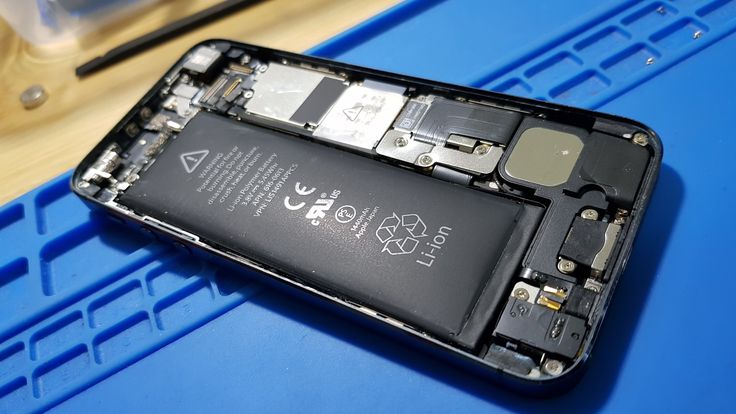10 Reasons Why Your Device’s Battery is Swollen (And What You Can Do About It)

Have you ever noticed your phone or laptop battery swelling — maybe your device doesn’t lie flat anymore, or the back cover is bulging a bit? That’s not just weird, it’s dangerous.
A swollen battery is a sign that something is seriously wrong, and if ignored, it could leak, catch fire, or even explode.
What Exactly Is Battery Swelling?
Our everyday use smart devices, such as phones and tablets and laptops, run on lithium-ion batteries. When you charge an electronic device, you start a chemical reaction inside of its battery. This chemical process can sometimes malfunction and cause gasses to form inside the battery, making it grow bigger in size. If you don’t pay attention, the battery can swell like a balloon and even leak some of its contents which can be damaging to your smart device.
Unlike a software glitch that just needs a restart, a swollen battery is physical evidence that your battery isn’t just dying—it’s becoming hazardous.
In this post, we’re breaking down 10 common reasons why your device’s battery might get swollen — and a few tips to help you prevent it.
1. Overcharging
Leaving your device plugged in overnight or all day might seem convenient, but it’s not healthy for your battery. Over time, constantly charging past 100% can lead to chemical buildup, which causes the battery to expand.
What to do:
Unplug once it hits 100% or use smart chargers that stop charging automatically.
2. Using Fake or Low-Quality Chargers
Those cheap chargers at the roadside kiosk or random online stores? Yeah, avoid them. They don’t regulate voltage properly and can send the wrong amount of power into your battery — a recipe for swelling.
What to do:
Use original or certified chargers from trusted brands.
3. Excessive Heat
Batteries hate heat. Leaving your phone on the car dashboard in the sun, or using your laptop on a pillow (which traps heat), can make the battery expand due to rising internal pressure.
What to do:
Keep your devices in cool, ventilated areas whenever possible.
4. Battery Age
Nothing lasts forever — not even batteries. After 2–3 years (or hundreds of charge cycles), batteries naturally wear out and become prone to swelling.
What to do:
If your battery is aging, replace it before it becomes a problem.
5. Manufacturing Defects
Sometimes, swelling isn’t your fault. A poorly manufactured or defective battery can swell, even under normal usage. This is especially common in fake or off-brand battery replacements.
What to do:
Stick to original batteries or verified third-party suppliers.
6. Physical Damage
Dropped your phone recently? That shock could’ve damaged the battery internally. A punctured or bent battery can malfunction and swell dangerously.
What to do:
Handle your device carefully and don’t ignore signs of swelling after an impact.
7. Keeping the Battery at 0% or 100% for Too Long
It’s tempting to drain your battery fully or always keep it topped up, but batteries prefer staying between 20% and 80%. Going to extremes wears them out faster.
What to do:
Charge in smaller cycles — don’t let it hit 0%, and don’t leave it at 100% all day.
8. Heavy Usage While Charging
Gaming, watching HD videos, or using intense apps while charging makes your device hotter than usual. That heat builds up and puts stress on the battery.
What to do:
Give your device a break while it’s charging — or at least avoid heavy apps.
9. Using Incompatible Batteries
Not all batteries are created equal. Swapping your battery for one that wasn’t designed for your specific device can cause imbalances and swelling.
What to do:
Always replace batteries with the exact match for your model.
10. Poor Ventilation
Using your laptop on a soft surface like a bed or covering your phone while it’s charging traps heat — and we already know heat = trouble.
What to do:
Use laptops on flat, hard surfaces. Keep airflow clear.
Final Thoughts: Don’t Ignore a Swollen Battery

If you see signs of swelling — like your device not sitting flat, screen lifting, or the back case popping open — stop using it immediately.
Take it to a professional for inspection and battery replacement. And whatever you do, don’t try to puncture or press the battery yourself. It’s not worth the risk.
Got questions about battery care or any scary battery story to share? Drop them in the comments — let’s keep our devices safe and healthy!